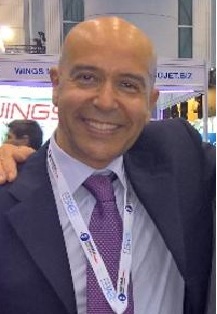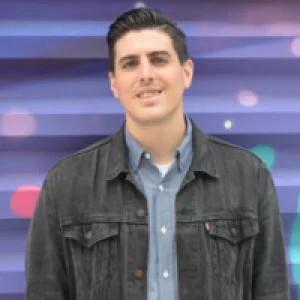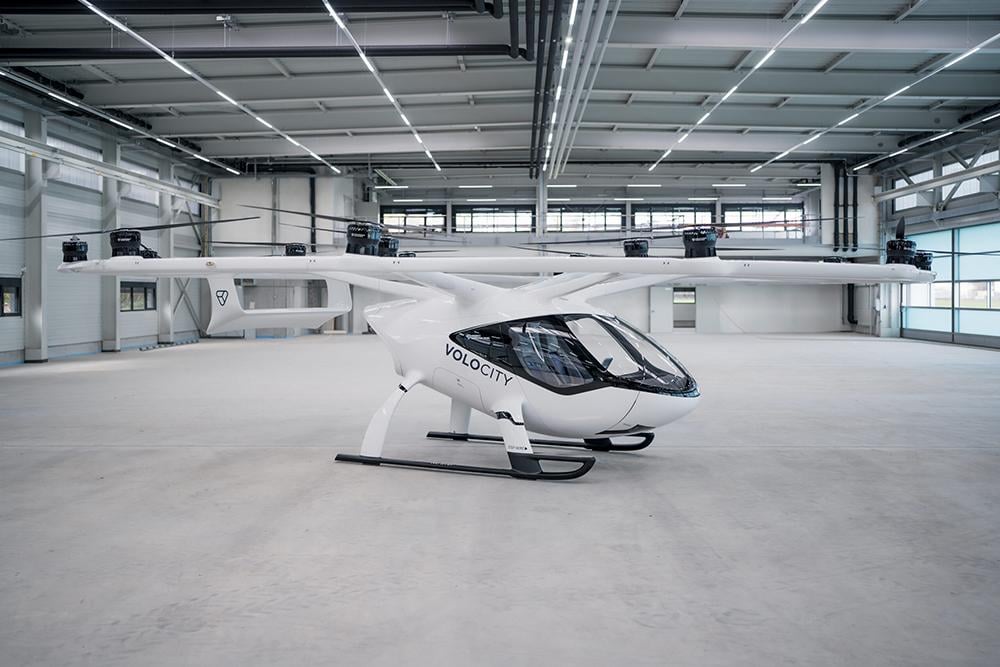EU Project Tackles AAM Technician Roadblocks
Details
More Products & Services
Products & Services
Aerospace | Aviation Week Network
Aviation Week Network
https://aviationweek.com/themes/custom/particle/dist/app-drupal/assets/awn-logo.svg
Home - Aviation Group Marketing
Aviation Week Network
120 data points on over 156,000 commercial and business aviation aircraft, including military transports. Discover the most trustworthy resource for the complete aircraft history, plus ad hoc reports, month-over-month trend analysis and details on expected deliveries through 2050.
People

Andrea Rossi Prudente
Aviation Week Network

Becca Balmes
Aviation Week Network

Belinda Tan
Aviation Week Network

Brian Everstine
Aviation Week Network
Editor

Eddie Krankowski
Aviation Week Network
Assistant Manager, Tradeshows

erving dockery
Aviation Week Network

Lisa Tan
Aviation Week Network
Senior Marketing Manager

Mark Thomas
Aviation Week Network
Description
The nascent advanced air mobility industry will require a new kind of maintenance technician to keep aircraft flying, and a new project out of the European Union aims to bridge the gap.
Launched by a group of educational consultants and industry partners in the European Union (EU), the AMTech project has created an open-source training and skills framework that seeks to make it easier for advanced air mobility (AAM) job seekers and employers to get on the same page.
According to Shantanu Mishra, a systems integration and quality manager at Rolls-Royce and a consultant for the AMTech project, the European Union faces significant challenges recruiting enough skilled people to service the AAM market.
“There's a huge skill gap as well as a capacity gap for these industries, so we thought, ‘Why not start an open-source educational resource that could be used [by AAM job seekers and employers] as a base for developing their skills and filling those jobs that are currently hard to fill in?'” Mishra tells Aviation Week Network.
Through the AMTech project's industry research, Mishra says the group found that AAM technicians will need to take on more of a wide understanding of aircraft instead of specializing in specific parts, such as engines, electrical systems, components or airframes.
“With these highly interconnected [AAM] systems—which will probably also be connected to the wider, over-the-air networks—we need to get people with very in-depth knowledge of how systems work and how they are integrated,” he says. “I think a lot of these jobs will also need programming skills; maybe troubleshooting with software and things like that. We are looking at engineers who will not be just proficient in one particular discipline, but also will be more of a system engineer rather than a mechanical or electrical engineer.”
AMTech drew inspiration from the EU's Europass system, which is an online set of tools to help job seekers create CVs in a format that is widely accepted throughout the EU. The project has created a passport program for aviation and mechatronics technicians, focused on standardizing curriculum and language to create common understanding across the EU.
“We created a curriculum that can be taken over by private or government enterprises to build upon that,” says Mishra. “Anybody who is interested—companies, recruiters or even job seekers—can look into it and understand what training they need to take to support the advanced air mobility market.”
AMTech aligned the curriculum to the ESCO (European Skills, Competences, Qualifications and Occupations) framework to enable people in different countries to define their skills and experience in a way that is commonly understood. For instance, Mishra notes that the terminology used to describe a maintenance technician varies by country. The project partners are also in discussions with policymakers within the EU government and standards organizations such as EUROCAE and SAE to harmonize AAM technician standards and bring the AMTech passport curriculum into the mainstream.
AMTech's passport curriculum is available for free on its website, and the group is trying to raise awareness so people can utilize it and provide feedback for improvements.
“We need the right policies from the governments, the training organizations and all the regulatory institutions to bring this into force, because without that institutional effort, all of this work will not really manifest,” says Mishra. “Going forward, we need the political, regulatory and industrial ecosystems to come together and make this a reality because it's a joint effort. It's not something a few consultancies within Europe and people in the industry can push forward. It's a huge, systemic effort that's needed.”
Launched by a group of educational consultants and industry partners in the European Union (EU), the AMTech project has created an open-source training and skills framework that seeks to make it easier for advanced air mobility (AAM) job seekers and employers to get on the same page.
According to Shantanu Mishra, a systems integration and quality manager at Rolls-Royce and a consultant for the AMTech project, the European Union faces significant challenges recruiting enough skilled people to service the AAM market.
“There's a huge skill gap as well as a capacity gap for these industries, so we thought, ‘Why not start an open-source educational resource that could be used [by AAM job seekers and employers] as a base for developing their skills and filling those jobs that are currently hard to fill in?'” Mishra tells Aviation Week Network.
Through the AMTech project's industry research, Mishra says the group found that AAM technicians will need to take on more of a wide understanding of aircraft instead of specializing in specific parts, such as engines, electrical systems, components or airframes.
“With these highly interconnected [AAM] systems—which will probably also be connected to the wider, over-the-air networks—we need to get people with very in-depth knowledge of how systems work and how they are integrated,” he says. “I think a lot of these jobs will also need programming skills; maybe troubleshooting with software and things like that. We are looking at engineers who will not be just proficient in one particular discipline, but also will be more of a system engineer rather than a mechanical or electrical engineer.”
AMTech drew inspiration from the EU's Europass system, which is an online set of tools to help job seekers create CVs in a format that is widely accepted throughout the EU. The project has created a passport program for aviation and mechatronics technicians, focused on standardizing curriculum and language to create common understanding across the EU.
“We created a curriculum that can be taken over by private or government enterprises to build upon that,” says Mishra. “Anybody who is interested—companies, recruiters or even job seekers—can look into it and understand what training they need to take to support the advanced air mobility market.”
AMTech aligned the curriculum to the ESCO (European Skills, Competences, Qualifications and Occupations) framework to enable people in different countries to define their skills and experience in a way that is commonly understood. For instance, Mishra notes that the terminology used to describe a maintenance technician varies by country. The project partners are also in discussions with policymakers within the EU government and standards organizations such as EUROCAE and SAE to harmonize AAM technician standards and bring the AMTech passport curriculum into the mainstream.
AMTech's passport curriculum is available for free on its website, and the group is trying to raise awareness so people can utilize it and provide feedback for improvements.
“We need the right policies from the governments, the training organizations and all the regulatory institutions to bring this into force, because without that institutional effort, all of this work will not really manifest,” says Mishra. “Going forward, we need the political, regulatory and industrial ecosystems to come together and make this a reality because it's a joint effort. It's not something a few consultancies within Europe and people in the industry can push forward. It's a huge, systemic effort that's needed.”

Share
Recent Chats
Share via email
Future: handle WhatsApp here
Future: handle LinkedIn here
Future: handle Twitter here
SUBMENU HERE
Share via Chat
Copy Link

